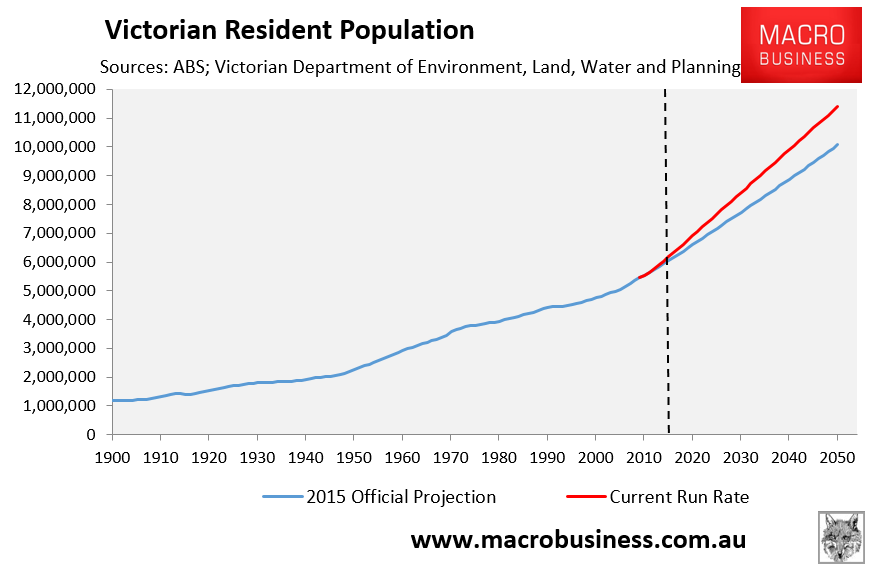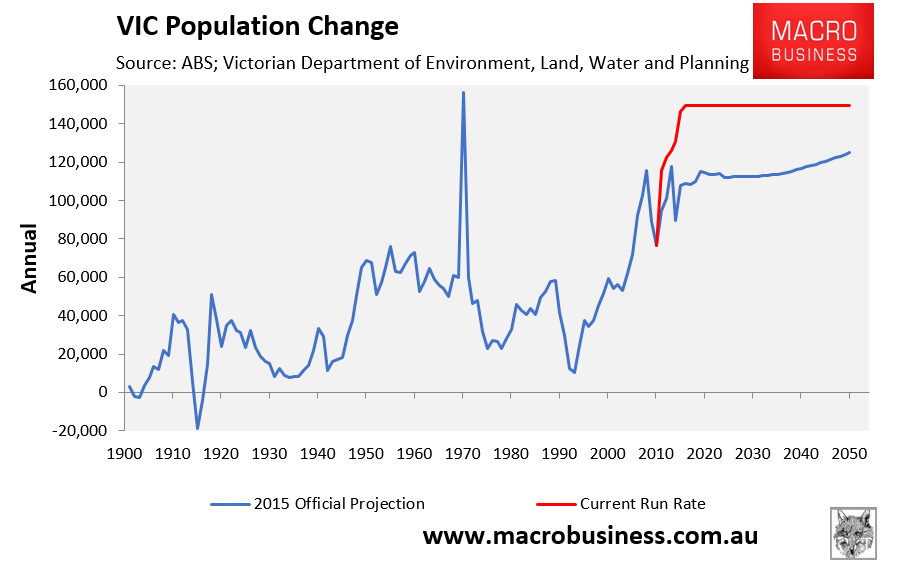The Australian reports today that Victorian families could be asked to power down airconditioners, dishwashers and lights to assist in staving off blackouts, as part of an initiative called “Help the Grid” during extreme weather conditions:
Insurer RACV has invited Victorian members to join its “Help the Grid” initiative, which encourages consumers to improve the security of the state’s energy supply by reducing energy consumption during hot weather and other times of peak demand.
The initiative, run in conjunction with the Australian Energy Market Operator and the Australian Renewable Energy Agency, sends text messages to participants ahead of extreme weather asking them to prepare to power down.
In exchange for taking part, they enter a draw for a chance to win a weekend at an RACV resort on the surf coast.
The program is one of 10 in AEMO and ARENA’s $35.7 million demand response program aiming to stave off outages by freeing up power reserves that can be tapped into during times of peak demand…
Along with other initiatives, AEMO and ARENA believe the demand response plan could free up 143 megawatts by the end of summer and 200MW by 2020.
Demand management techniques like the above are excellent low cost ways of reducing peak energy demand, thereby forestalling potential blackouts and the need for expensive new energy infrastructure. My family is involved in such an initiative with United Energy, but unfortunately still experienced a 24-hour blackout on Sunday/Monday.
Nevertheless, it does highlight a tricky situation facing Victorian power supplies: the fact that the State’s population is projected to nearly double over the next 35 years, which will dramatically lift power demand and blackout risks (other things equal).
The Victorian Government’s own bullish forecasts of population growth have already been smashed (see red below). As shown in the next chart, Victoria’s population was in 2015 projected to hit 10 million people by 2051, with Melbourne’s population hitting 8 million people:

However, this projection assumed that annual population growth would not exceed 120,000 over the next two decades:

Victoria’s population growth in the five years to 2016 was massively revised upwards following the Census. And these upward revisions, combined with the growth of nearly 150,000 in the year to June, have smashed the Victorian Government’s own bullish assumptions.
If the current population growth persists, Melbourne and Victoria are headed for populations of roughly 9 million and 11.4 million respectively by 2051, representing growth of some 90% over 2016 levels.
How will Victoria’s power supplies (let alone roads, trains, schools, hospitals and the water supply) cope with the population deluge?
Energy supply is yet another area under siege from the federal government’s mass immigration ‘Big Australia’ policy.

